Grace period changes start on Jan 1 The National Committee for Quality Assurance (NCQA) has announced an important change to the submission process for annual reporting under the Patient-Centered Medical Home (PCMH) recognition program. Beginning Jan. 1 , NCQA will charge fees for late annual reporting submissions: $50 per site will be charged if a site submits after its reporting date without prior communication or extension approval. Sites may proactively request an extension for a $35 per-site fee , allowing up to 90 additional days past the reporting date. Extensions are limited to a maximum of five sites per organization. Previously, NCQA allowed an approximately 60-day “flex period” beyond the reporting date at no charge. This courtesy will no longer apply as of 2026. ...
